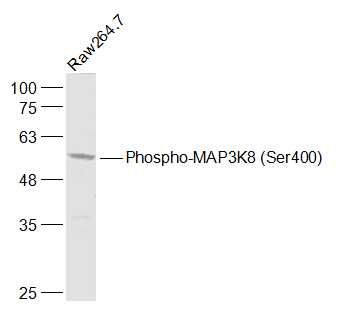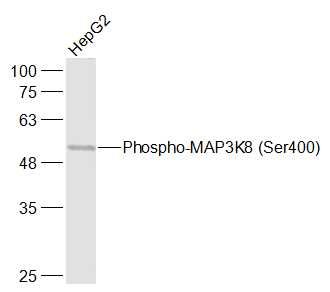Specific References (3) | SL3623R has been referenced in 3 publications.
[IF=4.5] Hui Gao. et al. μ-Opioid Receptor–Mediated Enteric Glial Activation Is Involved in Morphine-Induced Constipation. 2021 Feb 23 IF,IHC ; Mouse.
[IF=3.36] Laureano, D. P., et al. "Intrauterine growth restriction modifies the hedonic response to sweet taste in newborn pups-role of the accumbal μ-opioid receptors." Neuroscience (2016). WB ; Rat.
[IF=2.33] Wu, Jian, Peng Li, and Xiuying Wu. "The effect of chronic intermittent hypoxia on respiratory sensitivity to morphine in rats." Sleep and Breathing (2017): 1-7. WB ; Rat.

